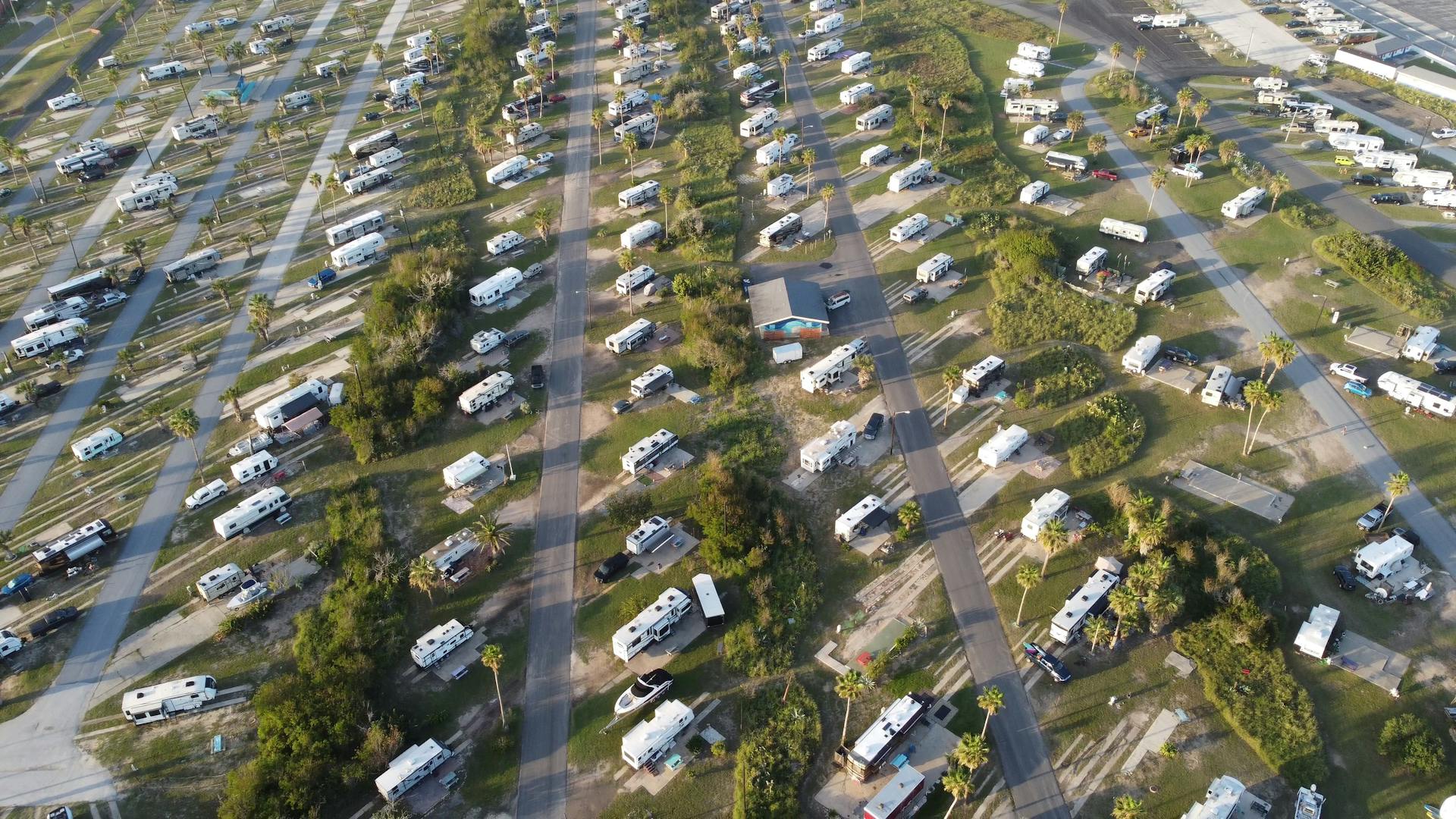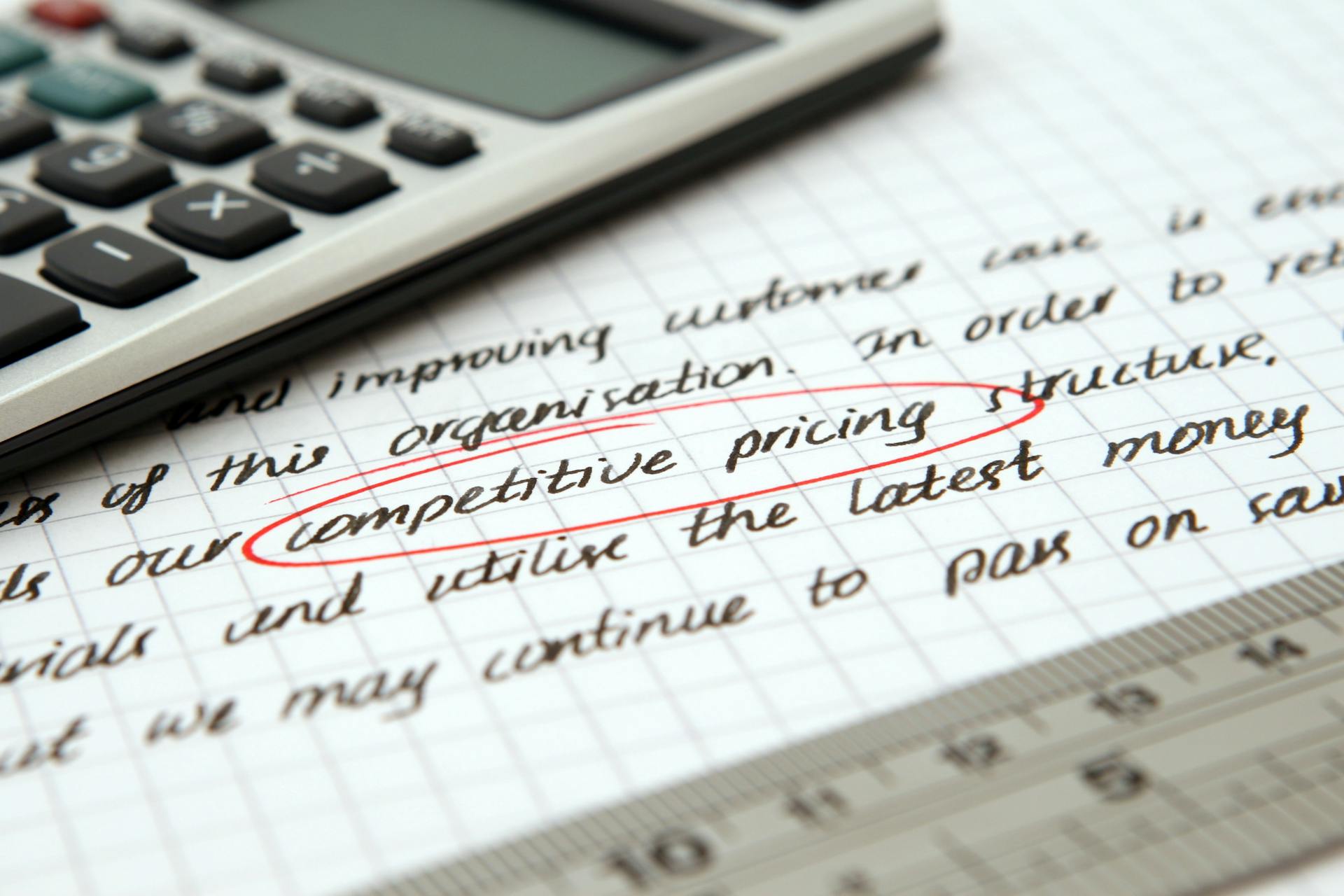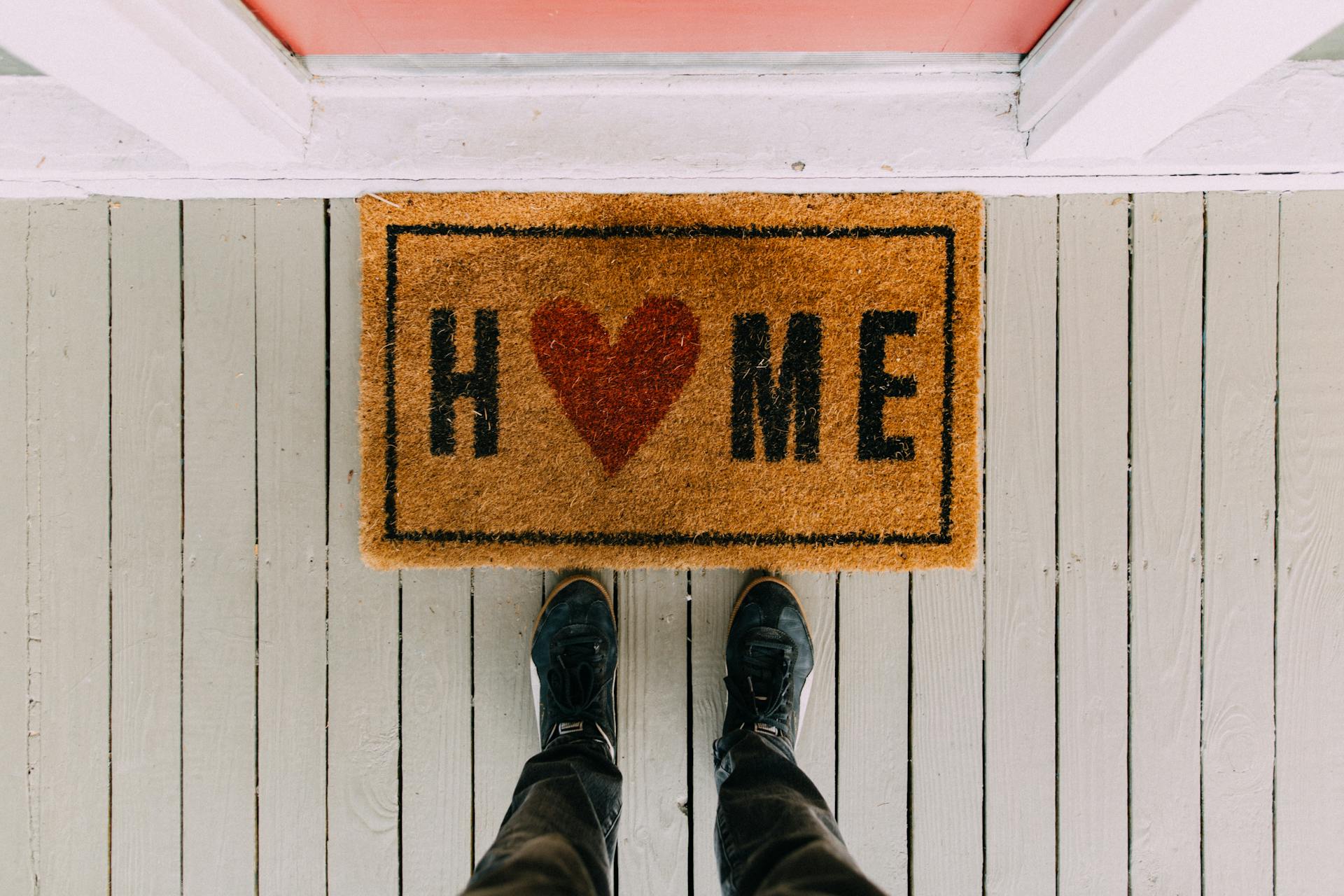
In July 2020, the International WELL Building Institute (IWBI) released an updated version of its well health safety rating, a evidence-based third-party verified rating focused on operational policies, maintenance protocols, and emergency plans to create a post-COVID-19 environment that promotes broader health and safety-related issues. According to IWBI, the earliest results are promising with over 600 public health experts, virologists, government officials, academics, business leaders, architects, designers and building scientists participating in the task force responsible for creating the rating.
The IWBI defines its well health safety rating as a building standard with an operations focus that promotes indoor safety by serving as a guide to validate and recognize scale management of safety issues throughout shared spaces. Third-party review ensures integrity and compliance with the health-safety seal that accompanies ratings requirements for communicating leadership. Recognizable names such as Prudential Center, Fairfax County Public Schools, Yankee Stadium, Empire State Realty Trust, JPMorgan Chase & Co., T-Mobile and Four Seasons all have received this rating.
Embracing the WELL Health-Safety Rating for a return to office means adopting relevant features of this sustainable design from design professionals to owners directed towards facility operations in existing building types. Organizations cited by IWBI include those who want to attract and retain employees or clients while investing in their brand equity while promoting employee health and maximizing productivity.
Digging into the Impact of Covid-19 on Workplaces
Digging into the Impact of Covid-19 on Workplaces has become a topic of interest in recent months. According to a report by WELL Health-Safety Rating, workplaces are now more than just an important physical asset; they have become a high degree of concern for industry professionals. In 2016, drawing from workplace strategy research, countless companies began to create optimal work environments. As research continued, it became evident that physical work environments play an important role in company culture and employee satisfaction. However, with the health crisis caused by COVID-19, the focus shifted towards creating safer workplaces.
In early 2020, as the viruss impact hit hard, Volume 1 COVID-19 Workplace was published by WELL Health-Safety Rating to share current thought leadership and best practices for office environments. The report features over 500 responses to fundamental questions regarding how respondents cited collaborating with colleagues coming in contact with others and accessing office resources in common spaces while maintaining social distancing protocols and limiting public visitors. It also acknowledges that working from home provided valuable lessons learned about space utilization and feedback acknowledged about company culture shifting towards hybrid work.
The Volume 2 Reshaping of Office Design report explores the impacts of the post-COVID future on real estate space metrics such as space design and management for facility managers while keeping workplace utilization rates and safety protocols front-of-mind. The key question is no longer “how do we return to normal?” but rather “what will be the new normal?” The report contains 10-page section re-thinking office building workplace design with product reviews including HR strategies for engagement as well as furniture solutions such as antimicrobial surfaces for infection control risk assessment. Other topics include water quality management stakeholder engagement communication, MEP improvements UV lighting surfaces screening devices sensors information technology wellness standards such as Fitwel or LEED building social distancing guidelines among other health-safety rating themes.
Moving Ahead: A Promising Path Forward

Margulies Perruzzi's January 2021 report, Volume 4 Post-COVID Workplace Link Presents, sheds light on the future of office environments and how companies can manage change for successful transition. The report highlights the importance of health-safety ratings and emergency preparedness programs as a theme in corporate agility. Corporate leaders need to depend heavily on flexibility features when making facility decisions for their workforce returning to a traditional model or lean model.
The financial implications of remote work safety have a direct bearing on future space planning and healthy re-entry plans. Logistical considerations such as accommodating social distancing are key factors that corporate leaders must take into account. The report presents three workplace models - traditional, flexible, and balanced - that companies can adapt according to their unique blueprint.
Health-safety ratings will play an essential role in subsequent development and organization-wide policies. This is particularly relevant in the return-to-office scenario after experiencing the peak pandemic work-from-home scenario. Companies need to prioritize emergency business continuity plans that ensure employee safety when transitioning back to the office environment. Ultimately, Margulies Perruzzi's report highlights the importance of well health safety ratings in guiding corporate leaders towards a promising path forward for future office environments.
Cool Down in Hot, Humid Climates with Radiant Cooling!

"Cool Down in Hot, Humid Climates with Radiant Cooling!" is a great way to beat the heat and stay comfortable during hot summer days. This innovative technology uses thermal radiation to transfer heat from your body, leaving you feeling refreshed and cool. Originally published in the Spring 2022 special issue of TAB Journal, this article explores the benefits of radiant cooling and how it can help you enjoy your favorite outdoor activities without feeling overheated. As a lifelong Atlanta sports fan, I know firsthand how important it is to stay cool and comfortable during those sweltering summer games – and radiant cooling is definitely a game-changer!
Rethinking the Corporate Office Building
As of June 2021, landlords in the United States had a total inventory of over 55 billion square feet of office space leased. However, due to COVID-19 affecting building design research published in September 2020, building owners are faced with practical guidance to protect tenants from market challenges. Tenant safety is now the primary logistical and financial challenge for landlords specific to building improvements and space management.
With many tenants returning to work, social distancing in common areas has become a priority. Building owners must increase security and safety protocols by improving HVAC performance, air intake providing hands-free options, and reducing foot traffic in traditional building amenities such as fitness centers and refrigerated marketplaces. Moving conference areas close by helps reduce foot traffic while still offering a collaborative workspace.
In-office spaces, common presented categories existing for potential improvements include building entrances, building lobbies, security desks, elevator lobbies & elevator technology, restroom layout design, grab-n-go cafes or food pickup markets & fitness centers. Energy code upgrades can be implemented within HVAC systems and building control systems to meet health safety rating criteria outlined in the report provided to landlords.
The Science Behind Safety Efforts: Keeping You Healthier

As the world continues to battle the COVID-19 pandemic, safety has become a top priority for individuals and organizations alike. The WELL Health-Safety Rating is an excellent program that has been developed by recognized experts at IWBI globally to ensure that buildings' health and safety efforts are up to par. With 20950-plus assets enrolled totaling 18 billion square feet and 13 billion square feet rated, the program has become a visible reminder of the importance of safety efforts.
The health-safety seal tells employees, visitors, and clients that they are safe inside a building that has taken measures to ensure their well-being. Members benefit from the opinions expressed by voices advocating for high-performing sustainable built environment practices wed with coverage send directly to them. The program participants can also contribute opinion columns on the latest news trends as well as research straight from industry experts.
In conclusion, there is science behind safety efforts aimed at keeping you healthier. Through programs like the WELL Health-Safety Rating, individuals can rest easy knowing that recognized professionals have assessed a building's health and safety measures. By enrolling in such programs, organizations can demonstrate their commitment to keeping people safe while benefiting from member benefits such as access to research, trends in the industry, and expert opinions on best practices.
Oklahoma City Zoo and Epsten Group: Partners in a Shared Mission of Conservation and Sustainability

Oklahoma City Zoo and Epsten Group are partners in a shared mission of conservation and sustainability. This partnership is focused on ensuring the well health safety rating of the zoo's facilities, staff, and visitors. The Epsten Group has worked closely with Ursa International to develop a comprehensive plan that includes cutting-edge technology and innovative designs to create safe, sustainable spaces.
The Oklahoma City Zoo is committed to providing a safe environment for its animals, staff, and visitors. To achieve this goal, they have partnered with the Epsten Group. Through this partnership, the zoo has implemented various measures to reduce energy consumption, waste production, and water usage while enhancing the overall visitor experience. As a result of these efforts, the zoo has received a well health safety rating from Ursa International.
The Epsten Group's expertise in sustainable design and engineering has been instrumental in achieving this success. They have provided innovative solutions that have helped Oklahoma City Zoo reduce its carbon footprint while creating safe habitats for its animals. The combination of their knowledge and commitment to sustainability has made them an invaluable partner in achieving the zoo's mission of conservation and sustainability.
1. Need Sustainable Solutions?
Are you looking for sustainable solutions for your health and safety needs? Look no further than the WELL Health-Safety Rating, which requires buildings to adhere to strict guidelines in areas such as cleaning protocols and air quality. Using only 2-5 products, this rating system ensures that your health and safety are prioritized while also promoting sustainability.
What is ESG? The Ultimate Guide for Taking ESG Action
ESG stands for Environmental, Social, and Governance. It is a framework that organizations use to measure their performance in these areas. ESG has become increasingly important as stakeholders are more interested in understanding how companies operate beyond just their financial results. The recent pandemic has made abundantly clear the importance of ESG factors, as companies with strong environmental and social practices were better able to navigate the crisis. Taking ESG action involves assessing and improving a company's impact on the environment, society, and governance through various initiatives such as stakeholder meetings and reporting transparently on progress.
The New Hybrid Environment

As the world grapples with the COVID-19 pandemic and the Delta variant, corporate leaders and facility managers are rethinking their work environments. The vaccinated Margulies Perruzzi's just-released Volume 5 Workplace Strategy Report embracing hybrid workspace affirms that multiple business sectors revealed a plan for a hybrid work environment model. In this new approach, workers plan to split their time between remote work and pre-pandemic office presence.
Response catalysts include workplace utilization rates, safety protocols restoration, employee engagement, culture continuation, and collaboration technology. The reduced in-person population requires careful management of physical office space, people, square footage, furniture equipment while simultaneously prioritizing health. The July 2021 labor statistics show that 153.6 million people aged 16 or older make up America's workforce of 82.2 million full-time workers engaged in various industries with remote work options for 10 million workers.
C-suite executives and facility managers must embrace change by incorporating digital technology into the hybrid model to provide flexibility and adaptability to ever-changing conditions. The Margulies Perruzzi survey indicates that high-tech industries are leading in adopting the hybrid model. As we move forward into the new normalcy of remote work and subsequent management, it is essential not to forget employee engagement and culture continuity in this new environment where collaboration technology is vital for success.
Frequently Asked Questions
How do I achieve the well health-safety rating?
Achieving a well health-safety rating involves implementing measures such as regular cleaning, sanitizing surfaces, promoting hand hygiene, and ensuring social distancing protocols are adhered to. It is also important to monitor and address any potential health risks promptly.
What is a well Health-Safety seal?
A well Health-Safety seal is a certification given to businesses that meet certain health and safety standards. It ensures that the establishment takes necessary precautions to keep its customers safe from health hazards.
What is a well performance rating?
A well performance rating is a measure of how efficiently and effectively an oil or gas well is producing. It takes into account factors such as production volume, pressure, and flow rates, and provides insights into the overall health of the well.
What is a well building health and safety rating?
A well building health and safety rating is a certification program that measures the health and safety of a building's environment, including air quality, lighting, and water quality. It aims to improve the overall wellness of those who occupy the building by promoting healthy habits and reducing exposure to harmful substances.
Featured Images: pexels.com


